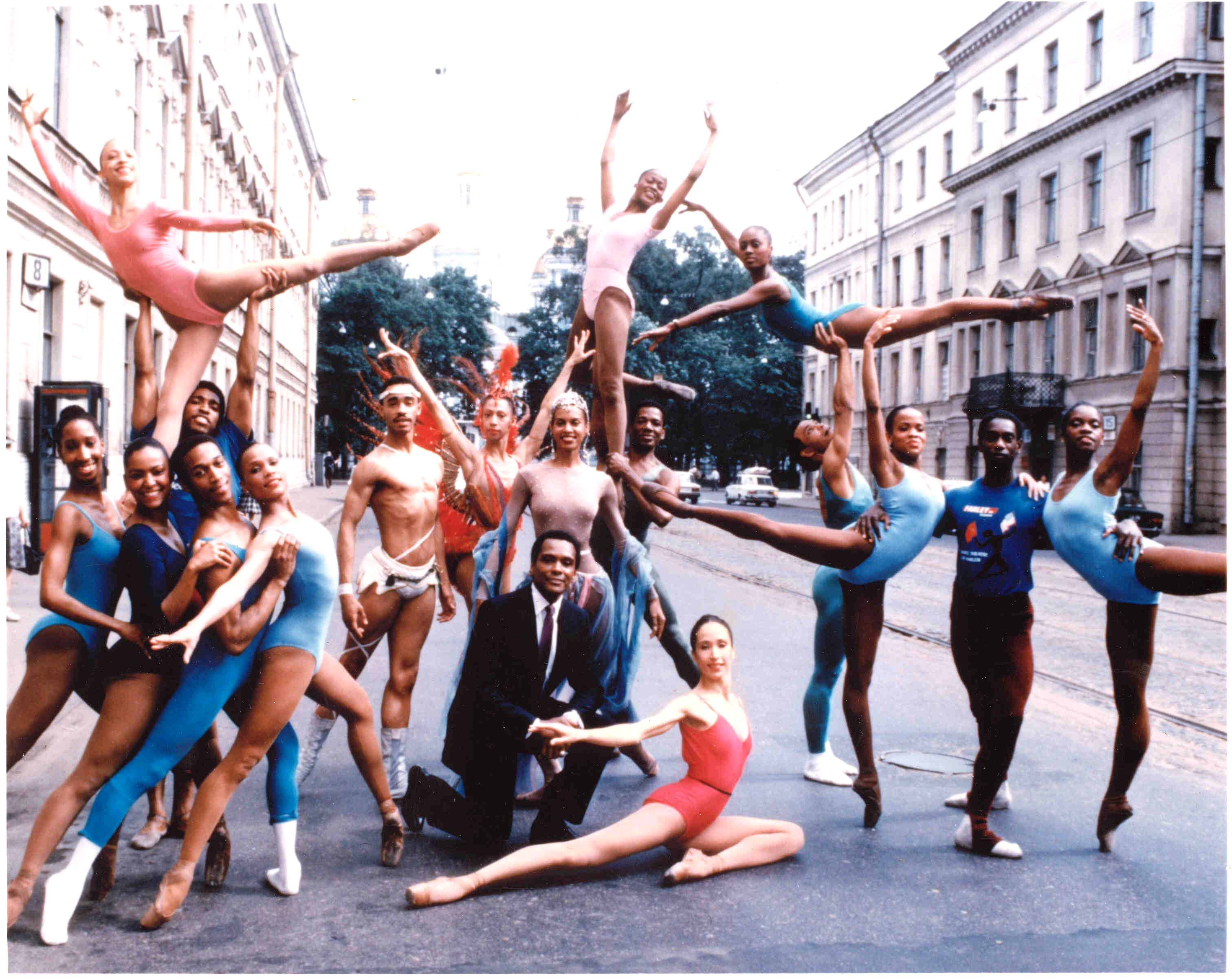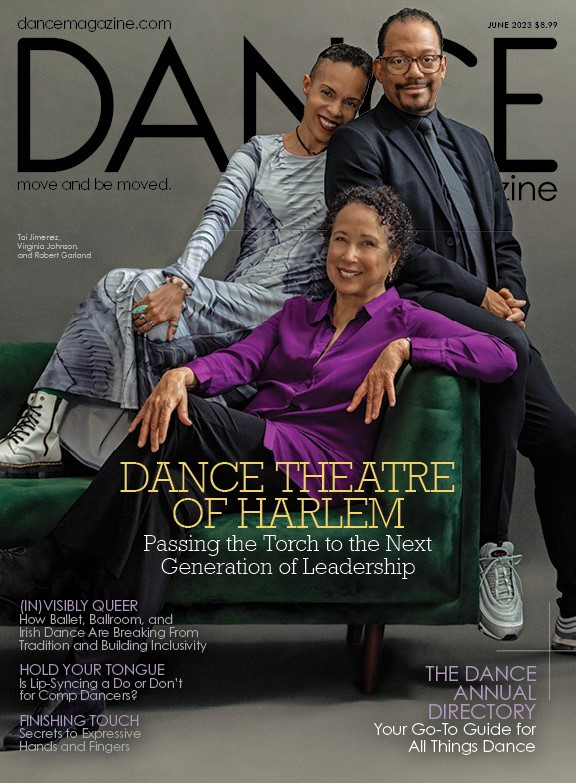Arthur Mitchell stands as a monumental figure in the world of ballet, not only for breaking racial barriers but also for democratizing access to this art form. As the first African American principal dancer with the New York City Ballet (NYCB) and the co-founder of the Dance Theatre of Harlem (DTH), Mitchell’s journey is one of extraordinary talent, unwavering determination, and a profound commitment to inclusivity. His legacy extends far beyond his own illustrious career, shaping the landscape of dance and inspiring generations of dancers.
Born in Harlem, New York, in 1934, Mitchell’s path to ballet began unconventionally. Encouraged by a guidance counselor after demonstrating early talent in tap dance at the Police Athletic League, he auditioned for the High School of Performing Arts. There, he discovered ballet, excelling rapidly and earning a scholarship to the prestigious School of American Ballet, the official school of the New York City Ballet. This marked the beginning of his formal training and his introduction to George Balanchine, a pivotal figure in his life and career.
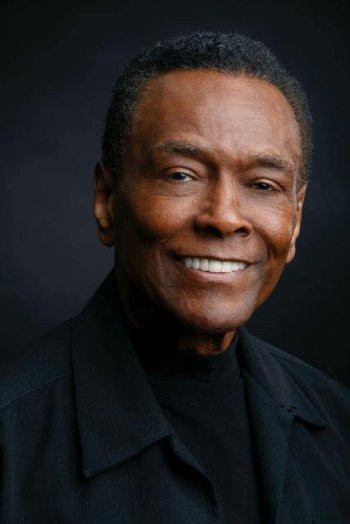
Under Balanchine’s mentorship, Mitchell’s talent flourished. In 1955, he made history by becoming the first African American principal dancer in the New York City Ballet. This achievement was groundbreaking in a predominantly white ballet world and came at a time when the civil rights movement was gaining momentum in America. Mitchell’s presence on the stage of NYCB was not just a personal triumph but a significant cultural moment, challenging racial stereotypes and opening doors for dancers of color.
Balanchine recognized Mitchell’s exceptional abilities and choreographed roles specifically for him. Perhaps most famously, Balanchine created the pas de deux in Agon for Mitchell and Diana Adams in 1957, a piece that remains iconic and groundbreaking for its interracial pairing and its innovative choreography. Mitchell also danced the role of Puck in A Midsummer Night’s Dream, further showcasing his versatility and artistry within the NYCB repertoire. Balanchine saw in Mitchell not just a technically brilliant dancer but an artist with unique insights and perspectives that enriched his choreography.

Despite his success at NYCB, the assassination of Martin Luther King Jr. in 1968 deeply affected Mitchell and spurred him to action. Inspired to make a difference in his own community, he decided to return to his native Harlem and offer ballet classes. In 1969, at the height of the civil rights movement, Arthur Mitchell, along with Karel Shook, founded the Dance Theatre of Harlem. His vision was clear: to create a space where dancers of all backgrounds, particularly African Americans, could receive top-tier ballet training and have the opportunity to perform professionally.
The early days of Dance Theatre of Harlem were marked by humble beginnings and an unwavering commitment to inclusivity. Mitchell started teaching in a converted garage, intentionally leaving the doors open to invite the Harlem community to witness and participate in the world of ballet. He adopted a relaxed dress code to encourage young men to join, breaking down traditional barriers to entry. As student numbers grew, he partnered with his former ballet master, Karel Shook, whose expertise was crucial in developing the school and the company.
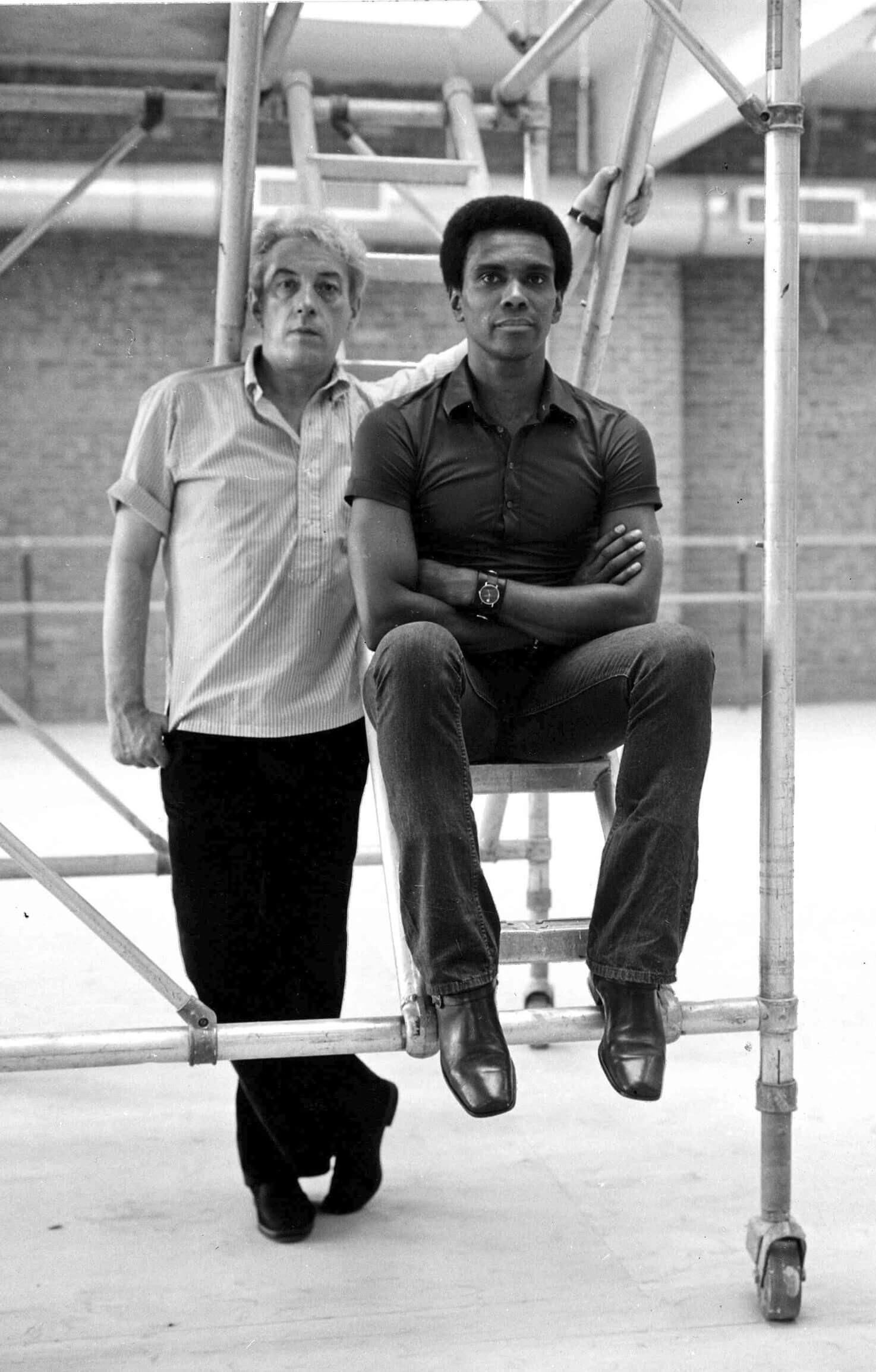
Dance Theatre of Harlem quickly became a beacon of hope and opportunity. Virginia Johnson, a founding member and later artistic director of DTH, recalls the diverse composition of the early company, including Asian, Mexican, and Black dancers. Mitchell’s aim was not to create a “black ballet company” but to demonstrate that ballet is an art form accessible and belonging to everyone, regardless of race. He provided a platform for talented individuals who had been historically excluded from classical ballet, empowering them to pursue their dreams.
DTH’s rise coincided with the Black Power movement, yet its approach was rooted in artistic excellence and empowerment rather than militancy. Mitchell instilled in his dancers a sense of self-determination, encouraging them to define their own identities within the ballet world. This philosophy resonated deeply and contributed to the company’s unique character and appeal.
The company officially debuted as a “neo-classical ballet company” at the Guggenheim Museum in 1971 to widespread acclaim. Later that year, a significant collaboration occurred when Balanchine and Mitchell co-choreographed Concerto for a Jazz Band and Orchestra, bridging the worlds of classical ballet and jazz and providing a prominent platform for the young Dance Theatre of Harlem. Following a successful television special, Rythmetron, choreographed by Mitchell, the company launched its first full season in New York in 1974, solidifying its place in the American dance scene.
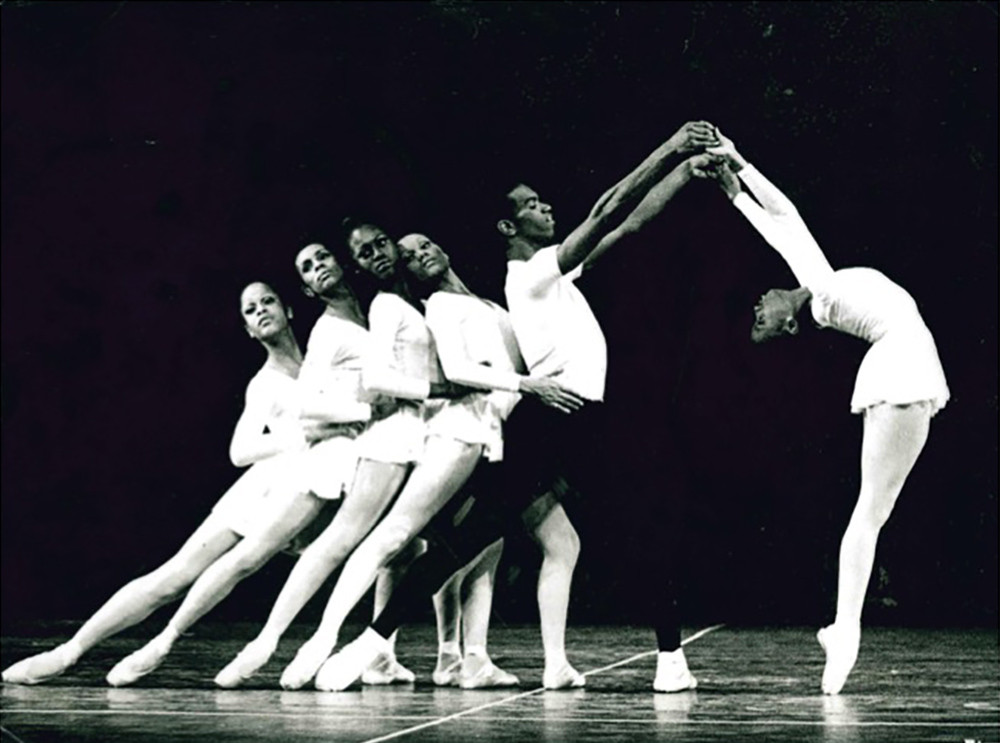
Dance Theatre of Harlem’s impact extended beyond national borders. In the 1980s and 1990s, the company toured internationally, breaking both racial and political barriers. Notably, DTH was the first American ballet company to perform in Russia after the fall of the Soviet Union. In 1992, during the final years of apartheid, their tour to South Africa was a powerful statement, performing for integrated audiences and initiating outreach programs in townships that continue to thrive as Dancing Through Barriers. Through these tours, Dance Theatre of Harlem used ballet as a tool for cultural diplomacy and social change, challenging racist ideologies on a global stage.
After Arthur Mitchell’s retirement as artistic director, Virginia Johnson took the helm in 2013, carrying forward his legacy. She emphasized the ongoing need to inspire new generations of dancers, particularly young Black girls who may not have seen themselves represented in ballet. Despite facing periods of financial hardship, including a hiatus from 2004 to 2012, Dance Theatre of Harlem has persevered, remaining a vital force in the dance world. In 2023, Robert Garland succeeded Johnson as Artistic Director, with Tai Jimenez becoming Director of the Dance Theatre of Harlem School, ensuring the continuation of Mitchell’s vision.
Arthur Mitchell’s contribution to ballet is immeasurable. As a pioneering dancer, he shattered racial barriers within a traditionally exclusive art form. As a visionary founder, he created Dance Theatre of Harlem, an institution that has democratized ballet, fostered diversity, and inspired countless individuals. His legacy as an exceptional artist and a transformative leader endures, ensuring that Dance Theatre of Harlem continues to be a beacon of access, opportunity, and excellence in the world of dance.

